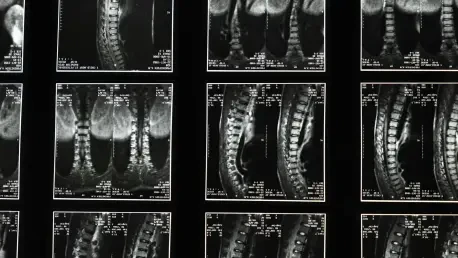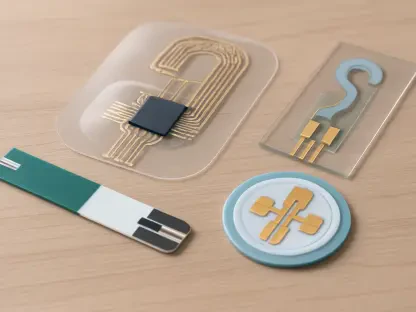Imagine a world where spinal injuries, often synonymous with long recovery times and persistent pain, could heal faster and more effectively through the body’s own natural processes, enhanced by cutting-edge technology. Spinal and orthopedic trauma affects millions globally, with traditional treatments relying heavily on invasive surgeries and prolonged rehabilitation. However, a groundbreaking innovation in medical devices is emerging as a potential game-changer. A recent partnership between a Boston-based venture capital firm and a pioneering startup has brought attention to piezoelectric implants—devices that harness mechanical stress to generate bioelectrical signals, stimulating tissue regeneration. This technology promises to transform the landscape of spinal recovery by accelerating healing and improving patient outcomes. As the healthcare industry increasingly turns to regenerative solutions, the spotlight on such advancements raises critical questions about their feasibility, impact, and timeline for widespread adoption.
Harnessing Bioelectricity for Healing
At the heart of this innovation lies a novel approach that blends biology with biomechanics, offering a fresh perspective on treating spinal injuries. Piezoelectric implants, developed by a forward-thinking medical device startup, convert mechanical stress from everyday movements into electrical signals that stimulate the body’s natural repair mechanisms. Unlike traditional implants that merely provide structural support, these devices actively promote tissue regeneration, potentially reducing recovery times for patients with complex spinal or musculoskeletal conditions. The startup behind this technology has secured significant funding from a healthtech-focused venture capital firm, enabling crucial steps like product refinement and regulatory approval processes. This financial backing underscores a growing confidence in the potential of regenerative therapies to address unmet needs in orthopedic care, where current solutions often fall short in restoring full functionality. As research progresses, the medical community watches closely to see if this approach can deliver on its promise of faster, more effective healing.
A Strategic Partnership Driving Innovation
The collaboration between the startup and the venture capital firm represents a powerful synergy of clinical expertise and strategic investment, poised to push the boundaries of spinal recovery technology. The funding is set to accelerate key milestones, including expanding intellectual property and navigating the rigorous path to FDA clearance—a critical hurdle for any medical device aiming for market entry. Both parties share a vision of transforming patient care through advanced materials that leverage the body’s inherent healing capabilities, a concept gaining traction in the broader healthtech landscape. The venture firm’s commitment to supporting early-stage companies at the intersection of medicine and technology highlights a trend toward personalized, innovative solutions. Meanwhile, the startup’s proprietary biomaterial, designed to outperform conventional implants, positions it as a leader in regenerative medicine. Looking back, this partnership stands as a pivotal moment, reflecting a shared optimism that such technologies could redefine treatment paradigms for spinal and orthopedic injuries.









